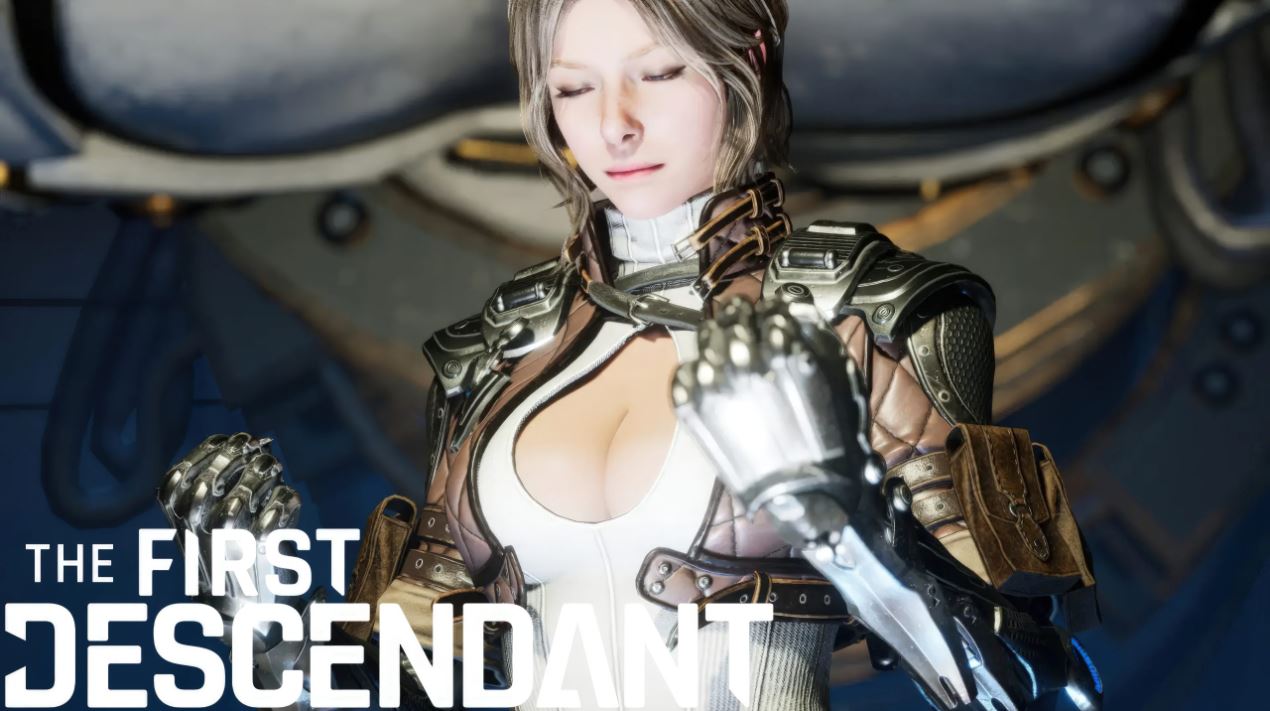Shows photo with deep cleavage.
The user feedback has spoken
“we may not know how much money we can make by developing a certain game, but we can get a feeling as to what kind of game will make users happy. That’s why we test games even in the middle of development and collect feedback.”
That sounds a lot like using data collection to design games. And hey, it’s hard to create art. Art can fail even at its best.
“If I had asked people what they wanted, they would have said faster horses”
And the world would have been better for it .
I’m starting to feel this way more every day
Development costs don’t have to rise. l would gladly play games with pixel graphics or even ps2/3 graphics. Art direction >>> Graphical fidelity.
Right. The two games I play the most are Minecraft and Factorio. Both not amazing graphically but they’re fun.
But executives don’t look at fun. They want something flashy to catch attention in an ad, neither Minecraft nor Factorio look like they imagine a fun game should. They don’t have outstanding visuals for their generation not audio, so really they don’t see the appeal. They want cutting edge for the sake of being cutting edge. They want cool because, to them, being cool sells more than being fun.
In the universe with 20-30% of actual inflation development costs will always rise even for indie because devs have to eat something and live somewhere. Not to mention software licensing and equipment
Looking at you Valheim
The industry only knows either full blown AAA photo realism or WOW-esque cartoon shit.
Numbers and data from the past is still important, but don’t ignore everything else to only listen to the data.
How about you get talented people to make the games they want to make, like they did before it became a big business, back when gaming was actually exciting?
The good old days were also exploitative and gross. You just didn’t know it yet.
There were scrope-creep / endless-crunch horror stories back in the ZX Spectrum era.
You assume too much. Those were problems brought on by the intrusion of big business after gaming became more profitable than movies, and precursors to the current blight. I’m talking about when gaming was almost entirely run by hobbyists doing it on their own time and dime.
The only time video games were dominated by motivated individuals was the initial explosion of D&D ripoffs on college mainframes.
Everything commercial has an undercurrent of taking those bright young minds and wringing them dry. Atari 2600 programmers were told they contributed as much as the guy who put the cartridge in the cardboard box. Atari’s best left to found Activision, which was all about excited artistic et cetera, until they did the same shit. Activision’s best left to found Accolade, which was all about et cetera, until Accolade’s best left to found Acclaim, which-- you get the idea.
Even the proto-indie boom on British microcomputers, famously starring a lot of teenage bedroom coders, was about tape duplicators making bank and paying those children a pittance. The kids who rose above that and started proper businesses had even odds for burning out, going bankrupt, or endlessly cranking out shoddy ports of licensed games.
Things are fucked right now. But they were kinda fucked back then, too.
Issue is that in the NES days, an entire game was just one to ten people and less than 1MB of data. Not much overhead risk at all. Now games are 100 people or more and 10,000MB. Not many want to invest millions on so much risk.
It’s also why there’s so many good “old looking” indie games. Only 1 in 50 ends up being really, really, good, but the overhead to making the game is a tiny drop in the bucket.
Not really true, Bethesda ballooned from ~70 around Skyrim’s launch to ~500 for Starfield.
The outer world’s dev team from obsidian was around 80.
Bungie has/had (bit unclear if this this before or after the ~200 layoffs) around 850 for Destiny
I think the AAA devs are proving that more devs don’t make things better. And Animal Well is 31MB, but I think that’s a bit of an exception really.
Not really to what? I can’t really tell what part of my Comment you disagree with.
Indie games have never been better, there’s no problem here that doesn’t solve itself if people just stop buying bad AAA titles
The problem with indie gaming is that it’s nearly impossible to actually find the few good games within the massive crush of shovelware. Even besides that, this thread is specifically about a large publisher.
nearly impossible to actually find the few good games within the massive crush of shovelware
So exactly like gaming in the 90s and 00s? You can’t have it both ways
Well that’s just completely the opposite of my experience. Blizzard Entertainment, for example, was reliably putting out hit after hit after hit for many years. AAA studios used to actually hire talented people, and allow them to make the games they wanted to make, which resulted in fantastic products.
Indie games are currently in problems starting early this year, https://www.pushsquare.com/news/2024/03/game-pass-woes-for-indie-devs-as-microsoft-epic-funding-reportedly-drying-up
Honestly, very few of the indie games release with microsoft and Epic banking are truly good. The best indie games right now are the ones released and self-published through steam, you just have to find the ones you like. Steam Next Fest is a good start if you don’t know where to look. The next one starts next monday, October 14th.
What did they do before Game Pass and Epic?
Honestly, I think now is probably the best time in history for discoverablity by far. Things like YouTube have done a lot, but I think Steam has played a massive part. Compare it to most of the other options:
Physical retailers tend to just be a wall of products, with the exception of games with a large marketing budget (esspecially those working out deals directly with the retailer) that often get special placement in their own shelf. Marketing budget is king, and everything else is hard to browse.
Reviewers offer a bit of an advantage as they provide an easy way to assess if games are good or bad, but they are usually limitted in the number of reviews they can publish, and those reviews tend to go towards the games that get sent from powerful publishers or those with most hype, meaning it usually still comes down to marketing budget.
A step up from that is most online retailers. Here, you have easier access to information about the games on display, and often have ways to sort by genre, price, or reviews. That said, a lot of emphasis is always placed on either the top grossing, games directly connected to the storefront owner, or games that directly buy space on the front page. This offers far more discoverability than anything that came before, but still tends to massively over-push higher-budget and/or higher-return games.
Steam on the other hand, has put far more emphasis on featuring good games on their front page. You can’t buy the space, Valve doesn’t bias the store towards their own products as much, and revenue plays a generally smaller part in the algorithm. Instead, they have a much better personalized recommendation algorithm and more tools for customizing your storefront (such as blocking tags). On top of this, they have recognized that this isn’t enough, and introduced a myriad of (often half-baked) additional discovery tools, such the the Discovery Queue, Curators, and the various festivals like NextFest. Sure, its not perfect, but I can consistent find new games I’m interested in, whereas on other platforms its barely worth trying. I think this is a big part of Steam’s success that often gets overlooked.
This committee based development method has to end.
Indy games are art. Find an artist(s), pay them a living wage, and let them do their art largely undisturbed, guided by a vision of what the game should be, so they keep working towards the same goal. Let them learn from their mistakes and make their next game better. That leads to Baldur’s Gate 3.
CEO of an AAAAAAA+ game developer/publisher: “No games are a product. The most important thing is that the line goes up, so we check what the user feedback is and listen to the loudest crowd that wants the same old shit, only to complain that they always get the same old shit. Also, hire cheap, treat people terribly and get everyone out of the industry as quickly as possible, and none of that art nonsense - I mean, how am I going to sell that to the shareholders, they just want an estimate of how many skins we will sell in 2025 so they will agree to my pay rise?”
Users: “Stop spending so much on development. Smaller teams, shorter cycles, more games. Stop making everything an all-or-nothing gamble.”
NEXON Games boardroom: “I think it’s trying to communicate!”
Pika pika










